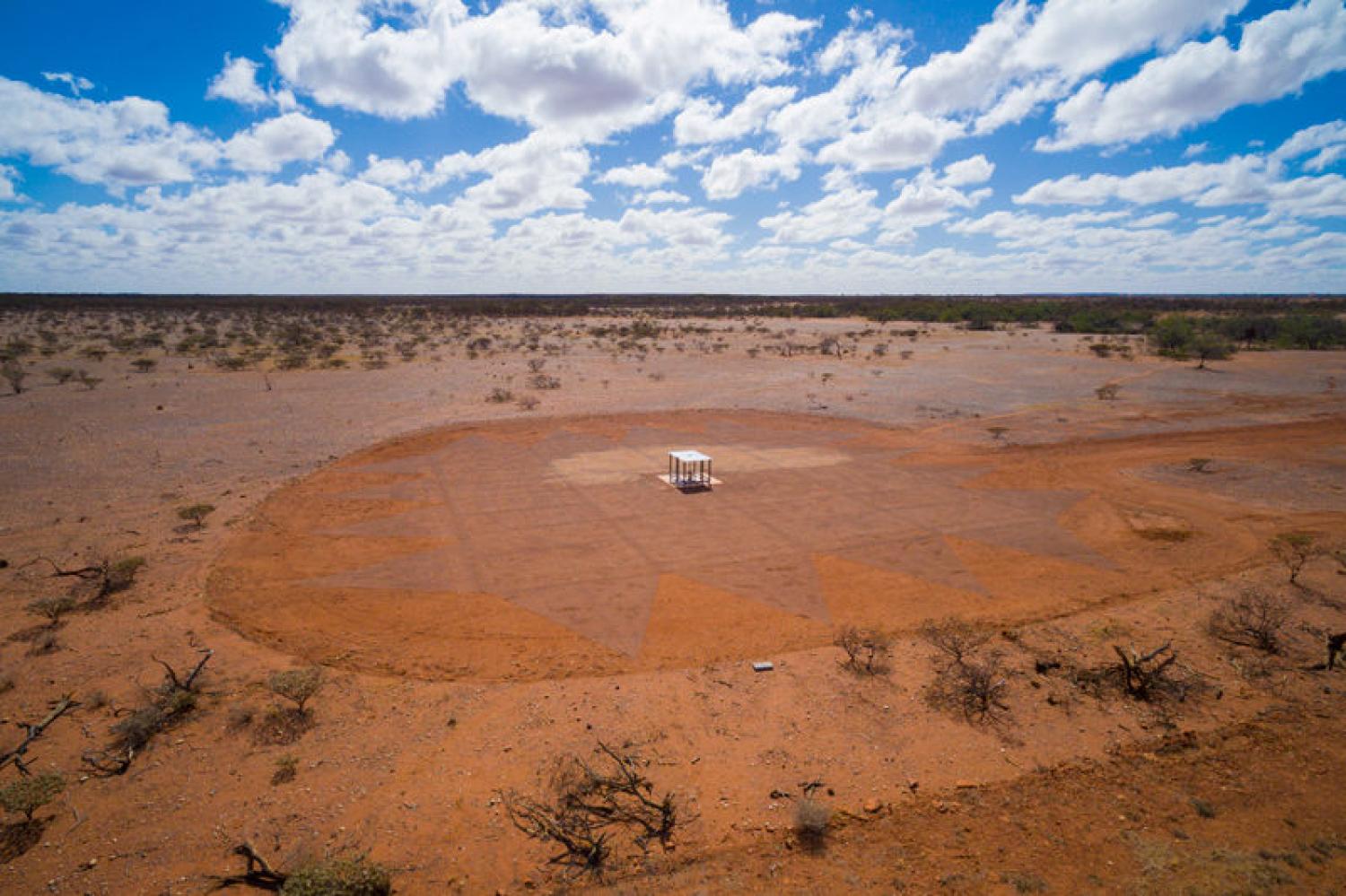Astronomers detect light from the Universe’s first stars

From Nature: Astronomers have for the first time spotted long-sought signals of light from the earliest stars ever to form in the Universe — around 180 million years after the Big Bang.
The signal is a fingerprint left on background radiation by hydrogen that absorbed some of this primordial light. The evidence hints that the gas that made up the early Universe was colder than predicted. This, physicists say, is a possible sign of dark matter’s influence. If confirmed, the discovery could mark the first time that dark matter has been detected through anything other than its gravitational effects.
“This is the first time we’ve seen any signal from this early in the Universe, aside from the afterglow of the Big Bang,” says Judd Bowman, an astronomer at Arizona State University in Tempe who led the work, which is published in Nature1 on 28 February. “If it’s true, this is major news,” says Saleem Zaroubi, a cosmologist at the University of Groningen in the Netherlands. Other teams will need to confirm the signal but, so far, the finding seems to be robust, he says. “It’s very exciting stuff. This is a period in the Universe’s history we know very little about.” Read more...

